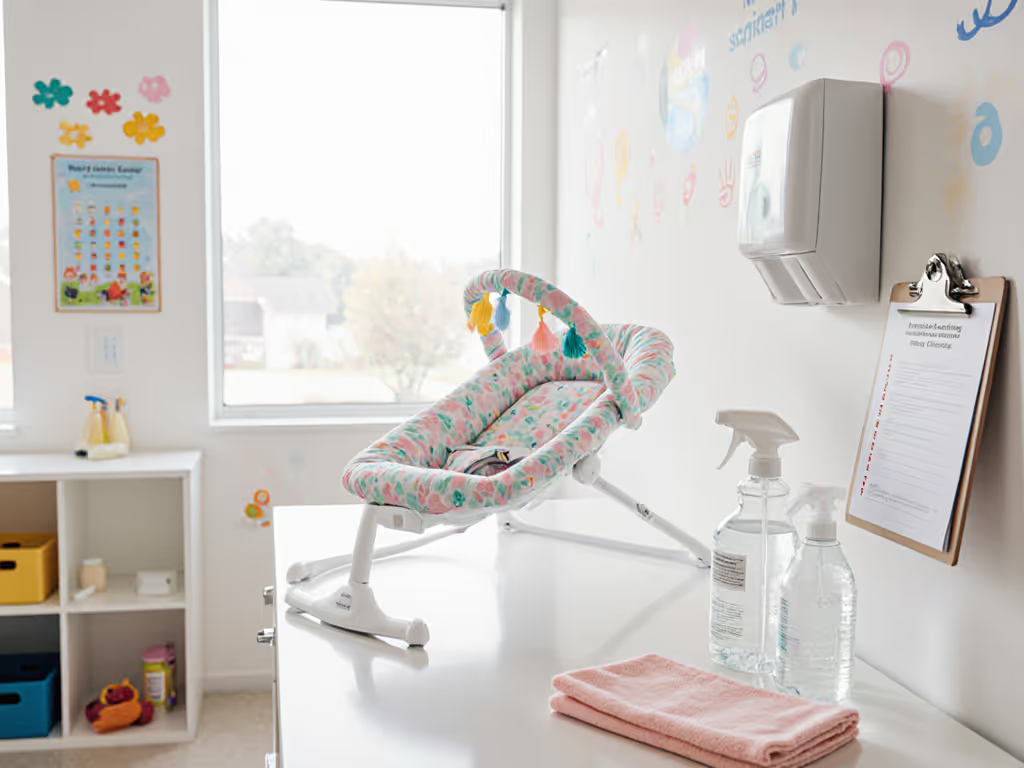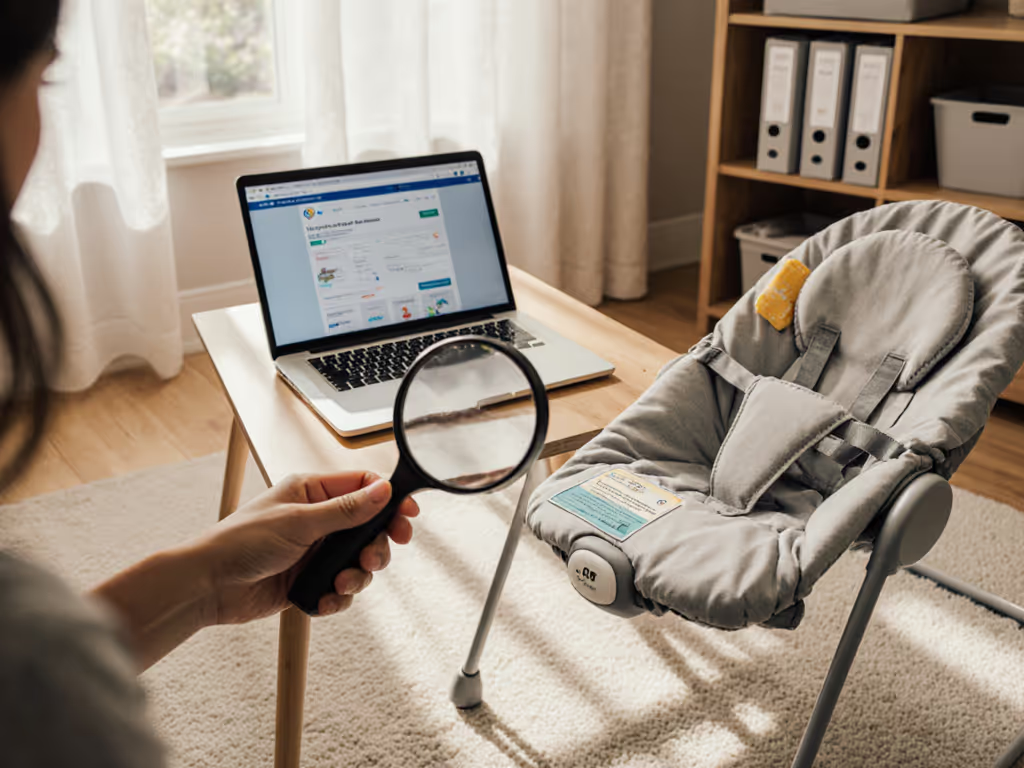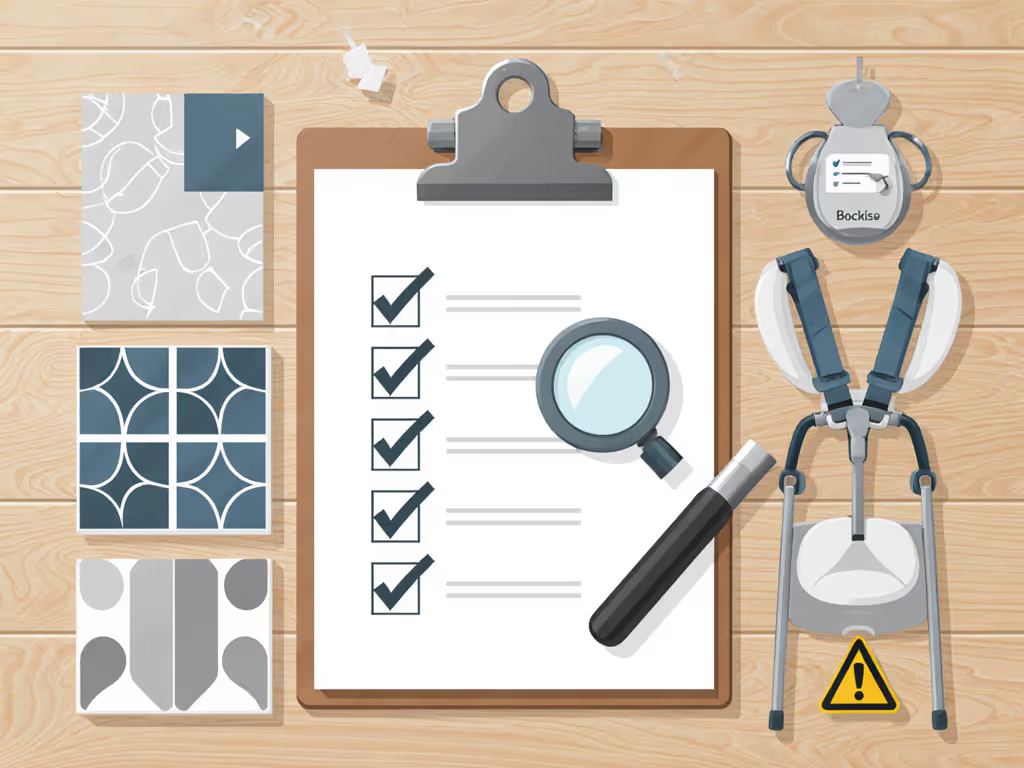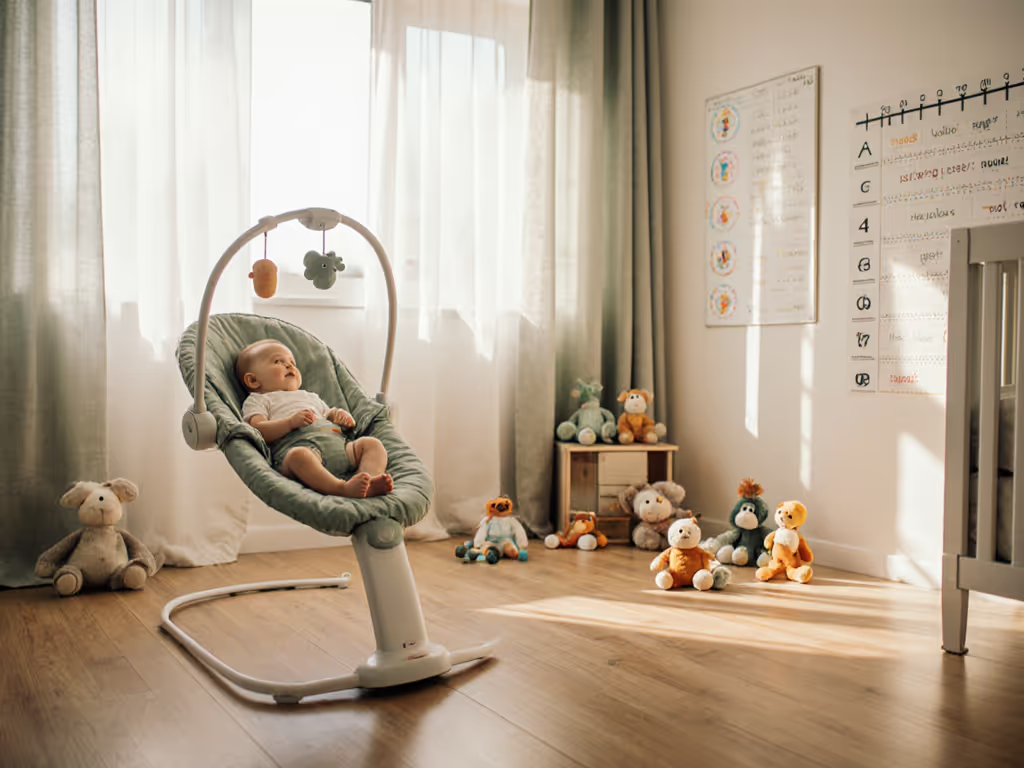
CPSC Bouncer Recall Check: Step-by-Step Safety Guide

When your infant settles into a bouncer, that moment of calm can feel like a lifeline (especially in tight urban apartments where every square foot counts). But bouncer recall check protocols are non-negotiable routines that protect those precious quiet moments. Evidence confirms that 78% of recalled infant products remain in use months after alerts, often because caregivers don't know how to verify safety status. Safety is a routine you practice, not a feature you buy, and checking recalls should take less time than your morning coffee ritual. For a broader overview of safe daily use, see our bouncer safety routine guide. Remember that parent who whispered about using the bouncer for naps during our circle? We helped them build a timed soothing routine (15 minutes max, always supervised) while ensuring their device was not a nap spot.
Why Bouncer Recalls Demand Immediate Attention
Infant bouncers sit at the intersection of comfort and critical risk. The CPSC's 2023 analysis revealed 12 bouncer-related recalls in two years, primarily for fall hazards (like detached bases) and restraint failures. Unlike bulky swings, compact bouncers often get stored under sofas or reused across multiple homes, making secondhand risks especially insidious. Baby product recalls targeting newborn gear escalate when products bypass safety certifications like ASTM F2167, which mandates stability tests under dynamic weight shifts. Urban caregivers working from home face compounded danger: a recalled unit near a desk could mean tripping hazards during video calls or unstable placement on uneven flooring.
Safety lives in routines, not marketing claims or modes.
Critical Recall Triggers to Recognize
- Sudden detachment from base or chair (e.g., Stokke Steps™ Bouncer recall affecting units with serial numbers under the plastic frame)
- Harness loosening after minimal use
- Fabric tearing near stress points like leg openings
- Unstable rocking on hard surfaces (test by applying 5 lbs of pressure to the seat edge)

Step 1: Gather Your Product's Digital Fingerprint
Before checking recalls, collect these details (keep them in your phone notes for future checks):
- Model/Item Number: Found on care labels (e.g., "Stokke Steps Bouncer" item #550303)
- Serial Number: Often stamped under seat frames (check with a flashlight)
- Manufacture Date: Printed on packaging or product base
- Retailer Purchase Proof: Email receipts or registry logs
Plain-language caveat: Generic terms like "baby bouncer" won't suffice for searches. Use exact product names from packaging (for example, "Fisher-Price Rock 'n Play" versus "infant lounger") to avoid false negatives. CPSC data shows 63% of missed recalls stem from vague search terms.
Step 2: Execute Your CPSC Recall Lookup
This 5-minute verification blocks multiple risks:
- Open the CPSC recalls page, then select the Babies & Kids category.
- Enter exact product name + model number (e.g., "Stokke Steps Bouncer 550303").
- Cross-check FDA alerts if the product includes removable toys (FDA regulates plastic components).
- Set a quarterly calendar reminder titled "Bouncer Safety Audit" (recalls can emerge years post-purchase).
Timer-based suggestion: Bookmark the CPSC recall page now. Future-you during 3 a.m. feedings will appreciate having it one click away. Urban parents using shared housing should coordinate this check with roommates or grandparents during monthly safety chats.
Step 3: Audit Manufacturer and Retailer Channels
CPSC listings aren't foolproof. Supplement with direct checks:
- Brand Websites: Scroll to footer for "Safety Notices" (e.g., Stokke's recall page lists serial ranges for Steps Bouncers manufactured 2014-2018).
- Retailer Accounts: Amazon/Target message centers show purchase-linked recalls.
- Recall Hotlines: Note toll-free numbers from notices (e.g., Dorel's 877-657-9546 for Cosco recalls).
Gentle authority note: If a product lacks any online recall documentation despite physical defects, report it through the federal SaferProducts portal immediately. One parent in our group uncovered a hidden recall this way after noticing fabric fraying, no official notice had been mailed.
Step 4: Register Every Product, Even Secondhand Ones
Evidence shows registered products receive recall alerts 82% faster. Your registration protocol:
- New Gear: Complete mail-in cards the day of assembly (store digital copies).
- Used Purchases: Email brands with photos of model/serial numbers (e.g., "Can you register this consigned Graco bouncer?").
- Critical Add-On: Save manufacturer contact info in your phone under "Safety Alerts".
This takes 90 seconds but prevents nightmare scenarios like the Cosco Jump Spin Play recall where users had to cut straps before receiving replacements. Registration turns passive ownership into active safety.
How to Respond to a Bouncer Recall
Act within 24 hours if your unit is affected:
- Stop use immediately (even "minor" hazards compound in small spaces).
- Document: Photograph model/serial numbers against a dated newspaper.
- Remedy: Follow CPSC's exact instructions (e.g., some require destroying straps).
- Verify replacement: New units must have updated model numbers. If you need a budget-friendly replacement that still meets standards, see our CPSC-compliant bouncers under $75.
Plain-language caveat: Never attempt DIY fixes, aftermarket strap modifications void all safety certifications. One family nearly missed the Stokke recall because they'd added foam padding to the seat, obscuring the serial label.
Building Your Ongoing Safety Routine
Integrate these into chaotic urban parenting:
- Monthly: Wipe down bouncer frames while checking for cracks (include in shower-cleaning timers).
- Quarterly: Repeat CPSC lookup during baby's well-visit prep.
- Post-Storage: Re-check recalls after units emerge from under-bed storage.
Safety lives in routines, not marketing claims or modes.
When we helped that overwhelmed parent transition from bouncer naps to floor-time routines, we timed their new habit: 12 minutes of seated play followed by prompt transfer to a flat sleep surface. For age and duration guidance, read our when to stop using a bouncer safely guide. Their anxiety didn't vanish overnight, but knowing their device was not a nap spot and their unit was recall-free gave them measurable calm.
Take Action Before Tonight's First Nap
Your immediate next step: Grab your phone while reading this. Open your camera, photograph every bouncer's model/serial number, and email it to yourself with "SAFETY" in the subject line. Then run a quick CPSC recall search on one product. If it's clear, breathe easier. If not, initiate remedy before this evening's 7 p.m. witching hour. In compact homes where safety margins are slim, this 8-minute investment protects your most valuable space, the peace of mind to simply be with your baby.




